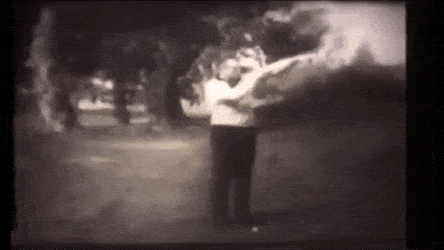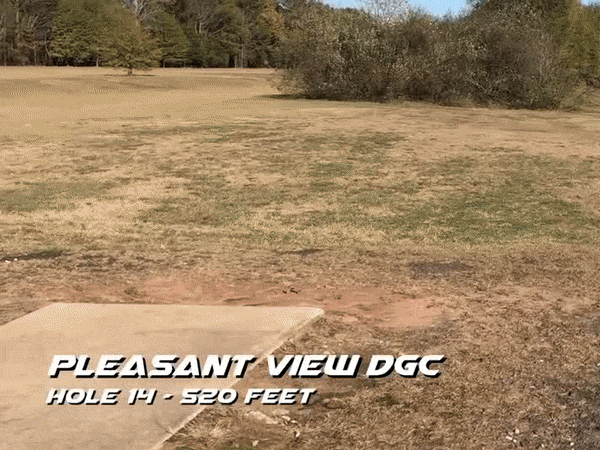Bradley Walker
* Ace Member *
Mike Austin changed my way of thinking about the golf swing. One of the main aspects of his approach is that the lead arm (the one that holds the club) is basically very passive, and is simply an extension of the arc that is constant around the neck.
The engine of the golf swing is the trailing side, that essentially walks past the lead side. He demonstrated this by using a rope as his lead arm.

The more I watch videos of the very best throwers, we are trying to achieve positions with the lead side that are simply REACTIONS to the TRAILING SIDE. The trailing side is out of position in bad form and no matter how badly you would like to achieve those positions you can't, because the trailing side "walking past" the lead side is not happening.
I have been practicing simply holding my throwing arm out on an arc and moving the entire throw from beginning to end simply positioning my trailing shoulder and throwing the entire throw with my trailing shoulder position. The throwing arm is simply a soft arc.
I take my left arm and put my left hand on my right biceps, as the same way here in the Austin rope demonstration.
Kevin Jones in particular appears to simply throw the disc with his left shoulder position, his right arm is doing almost nothing. Observe.

He is rotating his trailing side around the lead side and his throwing arm is simply passive extension of his core.
Try it. You can swing your left side around your fixed right side faster than you can get your right side out of the way. And with a great deal more power and ease. Try it!!!
The engine of the golf swing is the trailing side, that essentially walks past the lead side. He demonstrated this by using a rope as his lead arm.

The more I watch videos of the very best throwers, we are trying to achieve positions with the lead side that are simply REACTIONS to the TRAILING SIDE. The trailing side is out of position in bad form and no matter how badly you would like to achieve those positions you can't, because the trailing side "walking past" the lead side is not happening.
I have been practicing simply holding my throwing arm out on an arc and moving the entire throw from beginning to end simply positioning my trailing shoulder and throwing the entire throw with my trailing shoulder position. The throwing arm is simply a soft arc.
I take my left arm and put my left hand on my right biceps, as the same way here in the Austin rope demonstration.
Kevin Jones in particular appears to simply throw the disc with his left shoulder position, his right arm is doing almost nothing. Observe.

He is rotating his trailing side around the lead side and his throwing arm is simply passive extension of his core.
Try it. You can swing your left side around your fixed right side faster than you can get your right side out of the way. And with a great deal more power and ease. Try it!!!
Last edited:
